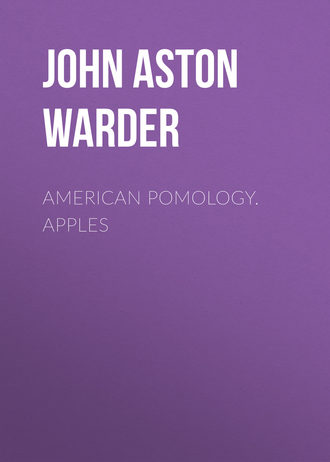American Pomology. Apples
 полная версия
полная версияAmerican Pomology. Apples
Жанр: учебная и научная литературазарубежная классиказарубежная старинная литературазарубежная образовательная литературасельское и лесное хозяйствосельское хозяйствознания и навыки
Язык: Английский
Год издания: 2018
Добавлена:
Настройки чтения
Размер шрифта
Высота строк
Поля



